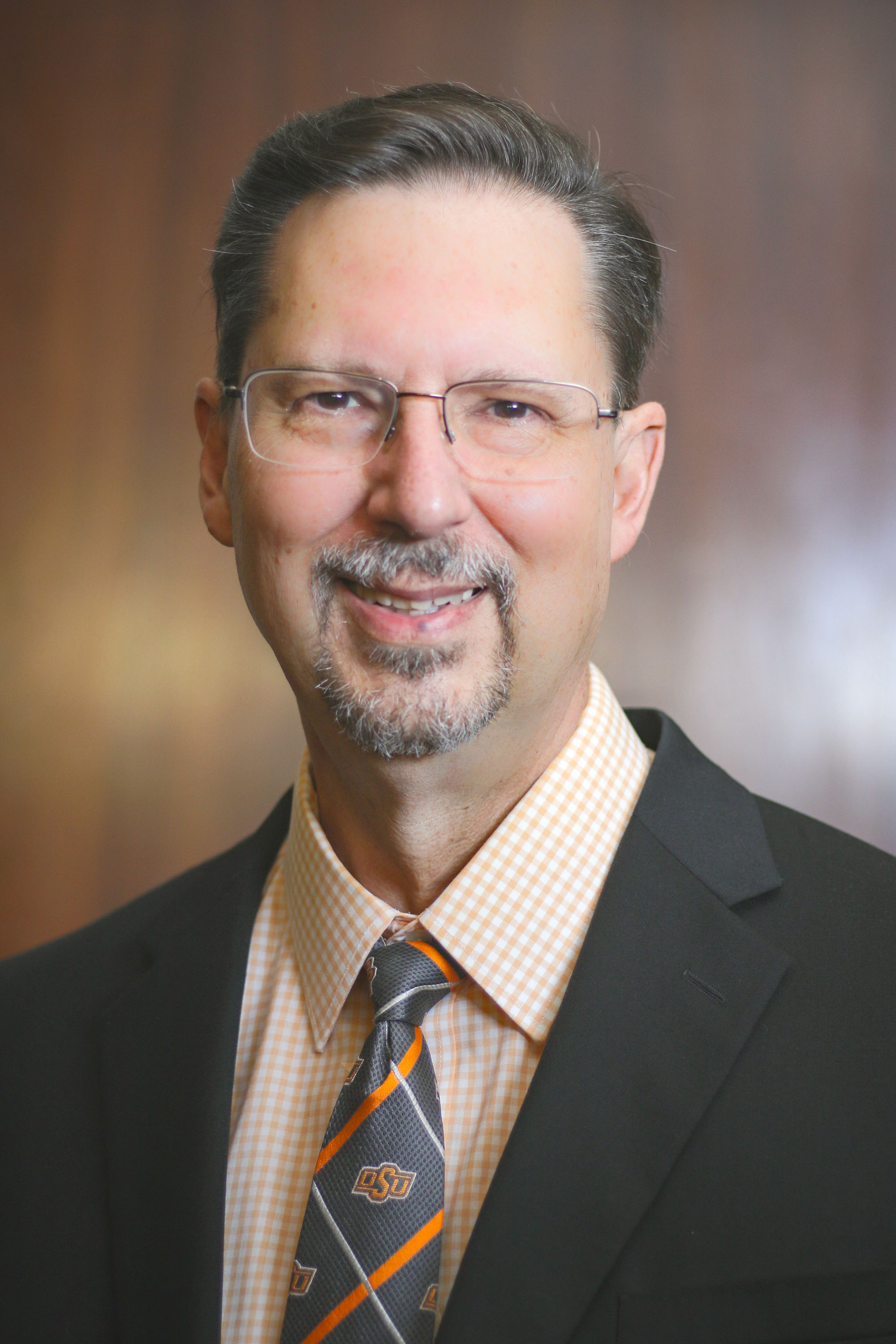
Bill R. Path
2011 – 2023
As the fourth president of Oklahoma State University Institute of Technology, Dr. Bill R. Path was an outspoken champion of advanced technical education and STEM career pathways. Under his leadership, OSUIT's strategic plan focused on developing and strengthening relationships between industry and academia to prepare a globally competitive workforce.
Some of Dr. Path's signature initiatives include the recent commissioning of several prototype virtual training modules using extended reality (XR) technology and the development of a three-dimensional campus environment for OSUIT to offer programs and services within the metaverse. He was also instrumental in an award-winning adaptive reuse project in downtown Okmulgee, Oklahoma, where he led the university's efforts to purchase and revitalize historic buildings for modern student housing.
Before joining OSUIT, Path served as president of Northeast Community College in Norfolk, Nebraska, for ten years. In 2016, NECC named a new 63,000-square-foot residence hall in his honor. He previously served as vice president for academic and student affairs at Aims Community College in Greeley, Colorado, and as vice president of student services at Northeast Community College. He also held positions at NorthWest Arkansas Community College in Bentonville, Arkansas; at Kingwood College in Kingwood, Texas; and at North Harris County College in Houston, Texas.
Path received his Bachelor of Arts in Bible from Harding University, a Master of Science in educational psychology counseling from Texas A&M University, and a Doctor of Education in higher education administration from the University of Arkansas.
He is also the author of the motivational non-fiction book "Moments of Forever: Discovering the True Power and Importance of Your Life."

Robert Klabenes
1983 – 2011
Dr. Robert E. Klabenes became the third and longest serving president at OSUIT with a goal to elevate the quality of facilities, raise the professionalism of staff and faculty, and expand degree-granting programs.
Under his leadership, the campus underwent a dramatic change: remaining wooden barracks and outdated structures were replaced by modern, state-of-the-art buildings for classrooms and residence halls that were comparable in quality with major college campuses.
Numerous buildings were constructed during his tenure; in all, a total of more than $150 million in new construction and remodeling projects. Klabenes also led the effort for the establishment of the Bachelor of Technology degree, and countless business partnerships with national and international corporations. He was an innovative academic leader focused on advancing technology and the preparation of students to achieve high-paying careers.

Wayne W. Miller
1963 – 1983
Wayne W. Miller became the second director for Oklahoma State Tech on September 1, 1963 after serving in several capacities over sixteen years.
The College was granted accreditation as an operationally separate entity by the North Central Association of Colleges and Schools in 1975, and in July of 1979 the Oklahoma State Regents for Higher Education approved the awarding of degrees.
During a time when state and campus resources were scarce, Miller oversaw the construction of nine new educational facilities, the renovation of several more, and the addition of millions of dollars of equipment for student use. Enrollment in 1983 peaked at more than 3,500 students. Effective marketing slogans of this era included “Educating Hand and Mind” and “Education You Can Bank On.”

L. Keith Covelle
1946 – 1963
L. Keith Covelle was named as the first director for the Oklahoma A&M College School of Technical Training which opened October 1946.
Covelle had a deep ingrained philosophy of learning-by-doing and saw a great need to increase the benefits of society by preparing young people for the work-a-day world as skilled technicians.
Operating initially without charging students tuition, the College trained students in six general disciplines including Foods, Industrial Trades, Business, Related Subjects, Agriculture and the College Division. The first graduation ceremony was held on January 14, 1949.
Said Covelle to his many friends and colleagues who gathered for his retirement: “I built the foundation. It’s up to you to continue to build this great school.”
